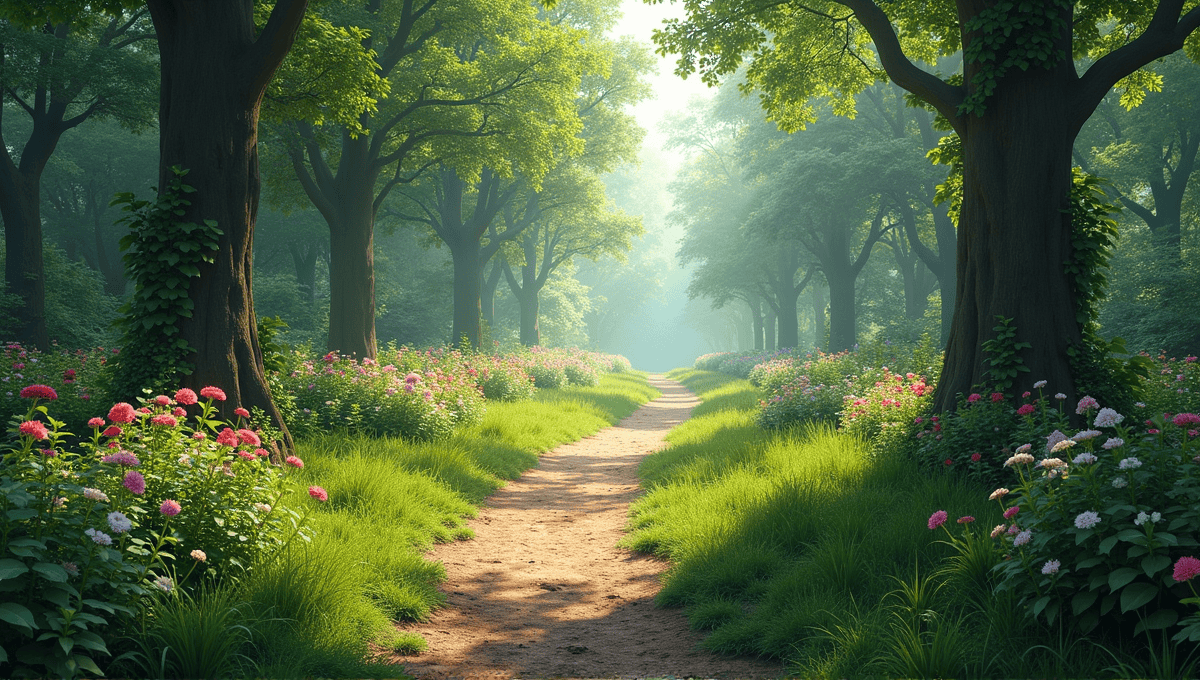Iterative and incremental development are two of the most common methodologies in software engineering. I’ve used both methodologies in my 15 years as a software engineer, and each has its advantages and ideal use cases. The argument for iterative vs incremental development is a varied one.
Selecting the right methodology can make a big difference in the success of your project. Here are the main differences. Use this information to determine which methodology is best for you.
Defining Iterative Development in Software Engineering

Iterative development is a circular process of building software. I’ve used this approach many times throughout my career as a software developer. Essentially, you go through cycles of designing, developing, and testing the software, and on each cycle, you make the software a little bit better based on feedback and what you’ve learned.
The main thing that separates iterative development from other methods of building software is that it’s very flexible. You can change requirements and other aspects of the software as you build it. This flexibility has saved many of my software projects from becoming irrelevant before I finished building them.
Iterative development has a few key advantages. It helps you identify and fix problems early. I’ve caught countless bugs in early iterations of software, and doing so always saves time and effort. It also helps with risk management, because you can identify key problems early.
Iterative development isn’t perfect, as sometimes implementing new ideas in each iteration can cause the software project as a whole to grow. If you’re not careful, you can allow the scope of a project to grow significantly. Another downside of iterative development is that it requires constant engagement from stakeholders which can be difficult to sustain over a long period of time.
The cost of building software using the iterative development process is typically higher when you add up the costs of each iteration. However, in my experience, building software this way results in higher quality software and reduces the risk of building software, making it a price well worth paying. Essentially, using iterative development is a trade-off between paying more money upfront and getting more long-term value from the software.
Understanding Incremental Development Approach
Incremental development is simply developing software in functional pieces, or “increments”. I’ve used this strategy to great effect on some of the more complex projects I’ve tackled. Each increment simply builds on the previous one, so the product becomes incrementally more functional and valuable as you go.
The basic concepts of incremental development are simple. You break the project down into modules or “increments”. Each increment should be functional software, so as you build each piece of the increment, you integrate it into the growing software.
This strategy has a number of advantages. You can get core functionality to market more quickly. I’ve worked on products that started doing its job while it was still being developed. It’s also more cost effective, as you can be more precise with your resource allocation.
Incremental development also makes it easier to track progress and communicate with stakeholders. Completed increments are clear progress points. This visibility has saved me as I’ve worked to keep a complicated project on track and stakeholders happy.
There are, however, some downsides to incremental development. Sometimes you run into integration issues between increments. While I’ve made each increment functional software, I’ve faced challenges in making a new increment work seamlessly with the rest of the software. It can also be a bit more work up front to effectively define the increments.
There’s also the risk that you won’t deliver all of the functionality that the customer is expecting. Sure, you might have the core features available early on, but if the software doesn’t do what the customer expects, the product is not valuable. This is really a balancing act between early delivery and something of complete value.
Comparing Iterative Vs Incremental Development Models
The iterative model breaks the development process into small cycles, and each cycle further develops the product. The incremental model, however, breaks down the development process into small manageable parts, and each part adds more functionality to the product.
The process flow is quite different with these models. Iterative development is a cycle of design, development, testing, and refining. This has been particularly helpful for projects with changing requirements. Incremental development follows a more step-by-step process of delivering functional parts.
How you manage the project also differs between the two models. Iterative development requires adaptable planning and ongoing adjustments. I’ve frequently changed a project timeline after the iteration. Incremental development allows for more structured planning with specific milestones planned for each part.
Your risk management strategy will also differ between the iterative and incremental models. With iterative development, you have the advantage of identifying risks early through frequent testing. I’ve been able to identify possible problems throughout the testing phase of an early iteration which has saved the team a significant amount of time and resources. With incremental development, you’ll manage risk for each part.
Here’s a quick table to summarize the differences:
| Aspect | Iterative | Incremental |
|---|---|---|
| Process | Repeated cycles | Sequential delivery |
| Planning | Flexible ongoing | Structured upfront |
| Risk Management | Continuous throughout | Focused per increment |
| Feedback | After each iteration | After each increment |
| Deliverables | Refined versions | Growing functionality |
Testing Strategies in Iterative Vs Incremental Development

Testing in iterative development is testing throughout the cycle. It’s a common theme, as testing is ongoing in each iteration. This approach has been incredibly valuable to me in maintaining quality. We do thorough testing in each iteration followed by very quick feedback loops.
Regression testing is the key focus in iterative development. Since the product changes each iteration, we need to verify we aren’t breaking what’s already working. This step alone has saved me from many potential issues slipping into production.
Incremental development is slightly different. You test each increment as its own piece before doing any integration testing. This testing exercise isolates any specific problems to individual pieces.
Integration testing is a big focus in incremental development. As you add new increments, you need to verify it also works with the existing pieces. This overall testing strategy has helped me preserve the quality of the entire system.
The impact on quality assurance is a different experience. Iterative development is a constantly refined version of quality. Eventually, it will be a high-quality product. Incremental development gives you marginal quality improvements with each new increment.
There isn’t one right solution. Often, it depends on the specific nuances of the project or the team’s preference. I’ve used both of these strategies successfully because I do adapt it to whatever the project needs to be.
Choosing Between Iterative and Incremental Development
The choice between iterative vs incremental development largely depends on the project. Factors like project size, complexity, the level of uncertainty, resources available, and desired time to value are all important considerations. I’ve evaluated each of these factors for each project.
Iterative development is perfect for projects where requirements will likely evolve and you need frequent stakeholder feedback. I’ve primarily used this approach when taking on higher risk or more innovative projects where adaptability is key.
The main advantage of iterative development is that it’s more adaptable. You can change direction more rapidly based on new information or a shift in the market. This flexibility has been a lifesaver for several projects that would have been obsolete if we’d completed them using a traditional waterfall approach.
Incremental development, on the other hand, typically works well when you have a project with a well-defined scope. It’s also great if you need to deliver the core functionality to the market as soon as possible. I’ve specifically used this strategy when resources were limited or when the client had a very clear idea of the core product they wanted to introduce to the market.
To select the best option for your project, consider the nature of the project. If you’re taking on something particularly innovative with a lot of unclear requirements, you’ll probably want to use iterative development. If the project has a very clear set of goals and an incredibly low budget, incremental might be the way to go.
Ultimately, there’s no one-size-fits-all solution. I’ve often had to switch my approach to a project halfway through based on a change in requirements. The most important thing is to understand the strengths and weaknesses of each strategy.
Hybrid Approaches: Combining Iterative and Incremental Development
Hybrid methodologies are a blend of iterative and incremental development. Agile (including Scrum and kanban), the Rational Unified Process (RUP), and the Spiral model are common examples. I’ve personally used these frameworks with great success on different projects.
Hybrid methodologies are excellent because they offer the flexibility to adjust the process and model while still maintaining structure. They also allow the team to take advantage of the benefits of both the iterative and incremental models.
Using a hybrid methodology requires some thoughtful planning. You’ll need to customize the process slightly based on the project’s specific needs. To ensure people are aligned with the methodology of choice, I’ve found establishing effective communication channels from day one helpful.
Ensuring the team is aligned to use the methodology is also important with hybrid methodologies. Everyone on the team needs to understand their role and how it contributes to the process. To solve this, I’ve hosted workshops to educate the team about the specific methodology we selected.
Hybrid methodologies are a great fit for more complex, long-term projects because they allow for incremental delivery and iterative improvement. I’ve also used hybrid methodologies a few times when the project requirements were known partially upfront, but I knew they would likely change.
Keep in mind that even hybrid methodologies aren’t the perfect solution. They still require constant management and adjustments. However, when done well, they can be a great balance of structure and flexibility.
Conclusion
Iterative and incremental development models have distinct benefits in software development. I’ve witnessed teams succeed with both models. When deciding Iterative vs incremental development, the trick is selecting the right model for your project. Evaluate your project requirements, timeline, and team. Also, don’t forget to be adaptable.
Hybrid models allow you to use the strengths of each model. After all, the ultimate objective is to deliver high-quality software that users find value in. Optimizing your development process through continuous improvement is the way to get there.






